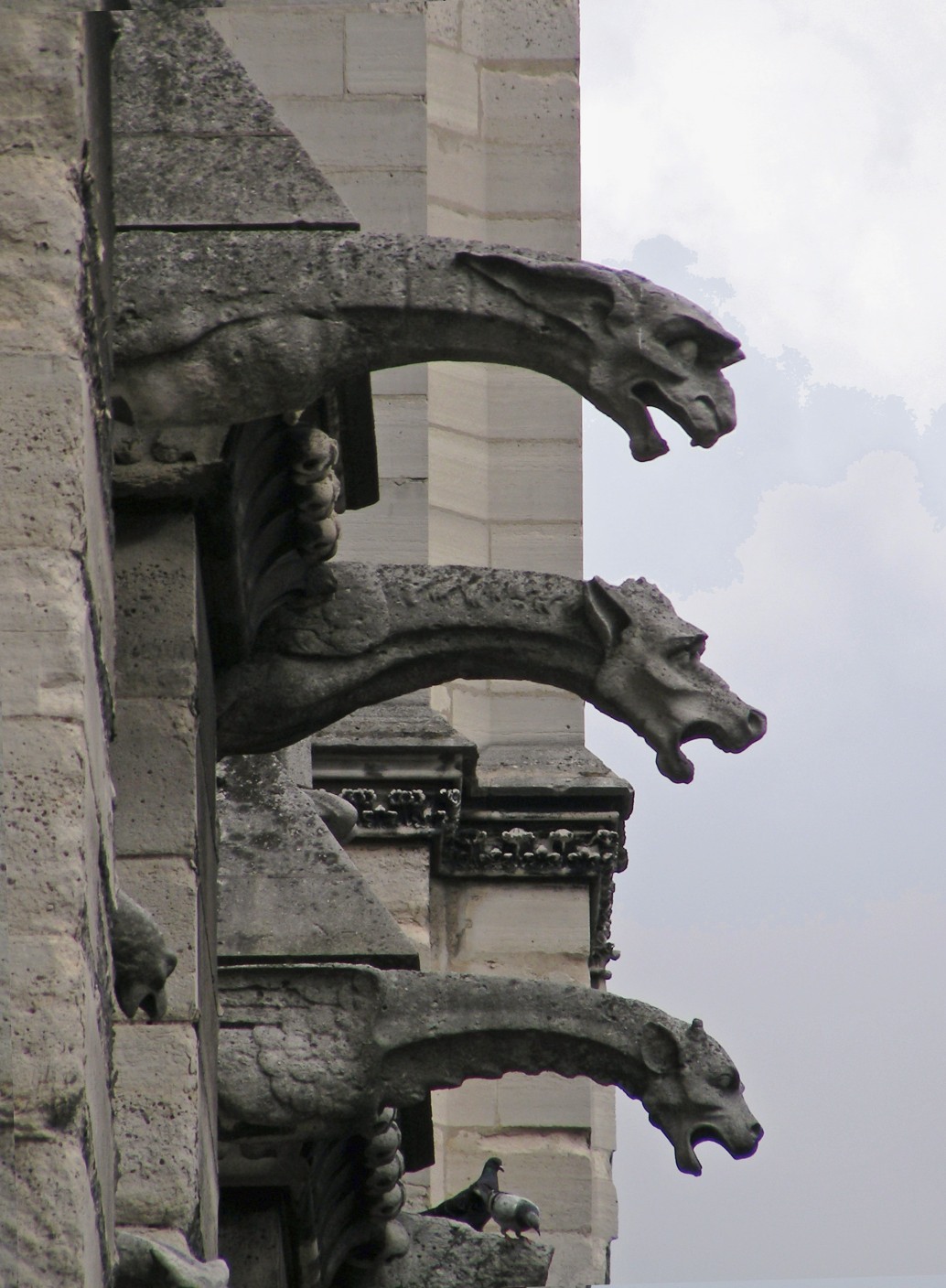
There were other forms of possession that continue to fascinate us today. We can begin with the supposed presence of werewolves in European societies. This belief in werewolves was real—not just the entertaining fiction found in modern movies. There was a wide-spread belief that human beings were actually transformed into animals. The manifestation of madness in many European societies was considered the evidence of a “daytime” transformation – with night times being the occasion for the actual physical transformation which was performed by the devil.
Similarly, daytime psychopathy was often interpreted as a sign of the devil’s recruitment of apprentices and attendants to those who were the “undead” (vampire) that emerged after dark. I would suggest that the contemporary appeal of Dracula and the Wolfman speak to the attraction and fascination of the European extrapolation of these evil possessions from the witnessing and interpretation of day-time psychopathology: “if this is how {this person] behaves during the day, imagine what happens when night falls and we all live in the sinister dark [remember, there was no electrification or artificial illumination before the 20th Century—only light from candles and fireplaces] Once again, we are attracted to the monster not the victim. Dracula and Wolfman get top billing, not the unsuspecting or stupid men and women they stalk and ultimately kill or turn into akin monsters.
Conclusions
Clearly, if we are to frame psychopathy as a spiritual aberration then we must place in question virtually all forms of human behavior. Even if there is not madness, is there the more subtle and perhaps more dangerous working of the devil in the seemingly normal behavior of men, women (and children) in one’s community. The witch’s hammer struck not just those who were “mad”, but also those who were political dissenters, members of the wrong religious faith (particularly Jews), women, those who made use of herbal remedies (the witches) and those who proclaimed a secular/humanistic philosophy of life. The death of many members of European communities over many centuries is widely documented. Furthermore, death was often quite brutal—torture using a rack, burning at the stack, skinning alive – the unbearable list goes on and on.







